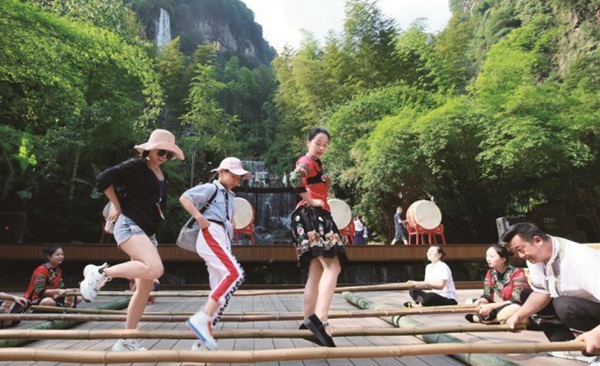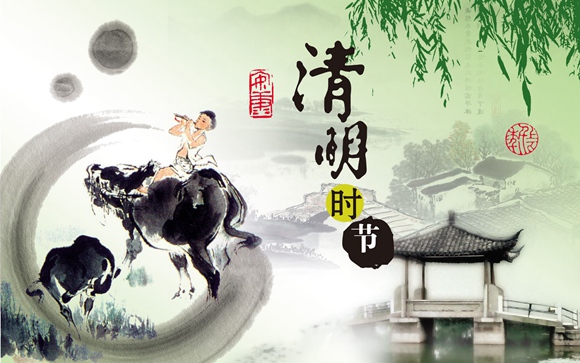The Chrysanthemum Stone of Hunan, China occurs in the Qixia formation of Lower Permian. As the name implies. It is shaped like a Chrysanthemum, the official symbol of the Imperial Family of China. This specimen was collected from rocks at the bottom of a river. The flowers are embedded in dark gray limestone with celestite and calcite constituting the petal, and chert the stamen and pistil. Normally the diameter of the flowers ranges from 5 to 8 cm, and the maximum of 50cm. The flowers are varied in shape with their petals stretching out freely in different attitudes. The Chrysanthemum Stone contains more than ten kinds of trace elements, such as selenium, strontium, gold, silver, & bismuth. The genesis of Chrysanthemum Stone is still under dispute, as can be seen by the different information of the petal composition in the different tables in this auction, I combined information where it agreed, and included other information to give the fullest picture possible of this truly unique material.
The Chrysanthemum symbolizes longevity in the Chinese culture. The stone is very unique with a deep symbolic meaning, truly a collectors item. The stones availability will be limited because mining will only be able to continue until the waters behind the Hunan Dam are released in the year 2009, which will then flood the Yangtzi River Valley. The stone will then be under water.
This rare stone could be a special feature item in your collection









